You Are Going To Die
Believe It Or Not, It Doesn’t Have To Be That Scary
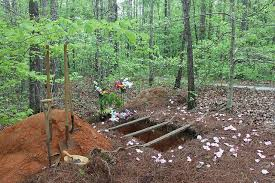
Image via Ramsey Creek Preserve
An open grave within a nature preserve
Peaceful.
It’s the best word to describe a room bedecked in muted color, pops of understated vibrancy and furnished with soft-cushioned chairs, a long sofa capable of holding a small family. A flat screen television unobtrusively mounted to the far wall features soothing nature scenes. A murmuring susurration from beneath the sea transitions into wind blowing through the leaves of summer trees.
A muted telephone purrs in the next room. The professionally modulated tone of compassionate solace that answers begins the process of helping an as-yet-faceless someone awaiting a loss to handle the impending passing with grace.
Goes Funeral Care in Ft. Collins, Colorado sets aside much of the clinical, cold machinery of death; convention does not reign supreme. This is a haven for the grieving.
The bereaved are gently encouraged to participate in all aspects. This involvement helps those left behind. Often, the survivors find a kind of closure only this genuine engagement with the process of death can provide.

Pallbearers carry their enshrouded loved one to an open grave.
Death positivity is a growing movement, but it is not a new one. The methodology here is instead a recall of ancient tradition, one that is returning.
Concepts such as caring for the dying at home, with loved ones tending to the body after passing, holding wakes or sitting shiva, and burial without contaminant or encasement–these are neither novelty nor simple fad. This sort of personal grieving process, however, is widely unknown. Those handling funerary affairs like Goes Funeral Care and the international Green Burial Council base their business model on remedying that.

Image via Goes Funeral Care
Saying farewell
Chris and Stephanie Goes, who opened this establishment in 1996, have been regional pioneers in the realm of death positive funerary care.
Goes Funeral Care maintains a cemetery in Ft. Collins named Roselawn, sprawling land featuring both a conventional section and eco-green section. The conventional cemetery looks like most others—tombstones rising from the soil, surrounded by flowers both real and fabric, American flags, and varied tidbits mourning survivors leave in remembrance.
The green section is a prairie. The wind sways nearly chest-high grasses that envelop visitors winding their way through hidden pathways to find their loved ones.

Image via Kera Morris
A view of the prairie graveyard.In this small area, three are buried, one with no marking. In the background, a conventional cemetery.
Rachel Metzgar, the funeral director assistant at Goes, explains some of the many ways to make the passing of loved ones a less difficult experience, and how to plan for one’s own eventual death.
“The end goal, for us,” muses Metzgar, “is conservation.” She explains the degrees of environmental impact regarding disposition.
The most environmentally impactful is the most familiar: the deceased is embalmed, then placed in a sealed casket. After, they are buried six feet underground, beneath a concrete vault.
Given the costly nature of this type of interment, which can easily climb upwards of $10,000, more individuals and families are turning to the less financially burdensome options of cremation and green burial. Average cremation costs in the US are roughly $1,100, and green burials typically range between $2000-$4000.

Image via Kera Morris
A chapel-like crematory. Mourners are invited help send off their dead; an aide in gaining closure.
Cremation, while more ecologically sound than conventional burial, has its environmental costs as well. The burning releases carbon into the air. Goes Funeral Care purchases wind and air credits to offset the environmental impact. Remains may be scattered, kept in a traditional urn, or placed in biodegradable urns, which decompose underground or dissolve in water.
A full-green burial leaves the deceased unembalmed, and buried encased in biodegradable coffins or shrouds. Because no embalming fluid is present to pollute the soil or water table, the grave need only be three feet deep. This shallowness allows quicker decompensation.

Image via Ramsey Creek Preserve
A nature preserve burial ground.
Metzger turns the conversation to organizations holding to similar ideals. The End of Life Project, out of Crestone, Colorado wants to make more people aware of what their choices are in regards to their final farewell.
How we handle death here in America, for most of living memory, is to sterilize the process, and cloak it in secrecy. Our elderly, terminally ill and badly injured pass away in hospitals, nursing homes and hospices rather than at home.
All may be aided by incorporating the services of a death midwife, who can help a family ease through the transition. Says recently-trained death midwife Kristen Legum, “[We help] the holding of sacred space for people to make their own decisions… what kind of death they want,” she explains. “There are limitless options. We’ll walk with you… hold your hand if you like, and advocate [for you.] It’s your life, it should be your death also.”

Image via legacynavigator.com
Death doulas and midwives bring peace and comfort to the dying.
Today’s conventional methods largely dictate that the dead are quietly whisked to a morgue. A funeral home discreetly dispatches to gather them up, to be delivered to the mortician for embalming, bolting or wiring the jaw shut, and sewing closed the eyes. Then the dressing, the makeup, the hair setting. Death is taboo, unclean and hidden, especially from the children.
Those involved in the death positive industry would say: it should not be that way.

Image via thefuneralsite.wordpress.com
“’We are the water that flows between the rocks of the medical professions and the funeral industry,’” quotes Legum.
Metzgar points out that often, for our kids, one day Grandma is there and then suddenly, she is gone with no real explanation as to why. Thus, an unnamed but ever-present fear begins to develop, creating another generation that is utterly terrified of contemplating that life does, in fact, end.

Image via bcatimes.net
“It is the acceptance of death that has finally allowed me to choose life.” ~Elizabeth Lesser
To challenge this, the Crestone End of Life Project, along with its sister organization Informed Final Choices, offer a sort of bill of rights for the dying:
- The right of terminally ill individuals to be taken out of medical facilities in order to die at home (a home funeral)
- The right of those who die in a hospital to be transported home rather than to a mortuary
- The right not to be embalmed
- The right to open-air cremation at a legal site, or green burial
- The choice to have friends and family prepare the body, and to create a beautiful and peaceful home environment for visitors wishing to be with the deceased (for up to 72 hours)
- The choice to be privately transported to a mortuary for cremation, a mortuary or cemetery for traditional burial, a legal open-air site for cremation, a chosen site for green burial

Image via Carrie Christopher
Signage pointing to the outdoor pyre of Crestone
The problem with our conventional system, opines Metzgar, is that the “here today, gone tomorrow” approach to dying and death makes each more frightening. With the death positive approach, she says, “Once you die, people get to know you better. They get to hear others stories about you… [the personal approach] lets us reconnect with our dead.”
Metzgar observes that what death positivity often means for the living is that processing personally “just makes it less scary.” She offers a simile from the other end of life: women who haven’t had children may envision a horrible fate that awaits them should they give birth. That fear often lessens if they witness another woman surviving and thriving after labor and delivery—the entire process becomes better known, and thus better understood, which makes it inherently less frightening.

Image via David Wright
Friends and family prepare their loved one for burning.
Death positivity can provide such peace of mind for the dying, and enables them to include their loved ones in necessary preparation. In Colorado, this inclusion may take many forms.

Image via David Wright
Mourners begin the process of a pyre.
What sort of experience will make everyone involved more comfortable? Where will the wake and the funeral be held? How long will visitation opportunities last? Will there be a burial, or a cremation? Shall the deceased be shrouded, or casketed? Will a cremation be held at the funeral home, or outdoors on a pyre? Will a grave be on family lands or in a cemetery?

Image via Crestone End Of Life Project
A funeral pyre in Crestone.
Personality in death can take so many routes. In the crematory room of Goes, family members are encouraged to help place the body for burning. Attendees may hold hands with their loved one as they are going into the furnace, to say goodbye until the very last moment. After the cremation is complete, family may return to help harvest the unburnt mineral remains, if they wish.
Water cremation, also known as aquamation (not yet available in Colorado for humans, but available for pets) breaks down bodies into nutrient rich water that is excellent for gardens. People can choose shrouds, or wicker caskets. They may be buried in a suit embedded with mushroom spores, to integrate into the circle of life and provision of wild food quickly. One may be even buried in a pod topped with a sapling, wherein your decomposition provides useful food and energy to the growing tree.

Image via Kera Morris
Metzgar displays a wicker casket.
None of this will make the loss of a loved one less sad, or less hurtful. Your grief will come no matter what measures you may take, but the death positivity movement aims to make saying goodbye something you can later come to recall in a more positive light.
While it can be uncomfortable to think about, one day you too will die. But take heart. For thousands of years, scientists have known that ‘nothing comes from nothing,’ and modern physical law maintains this; that matter cannot be created or destroyed, but can only change form.
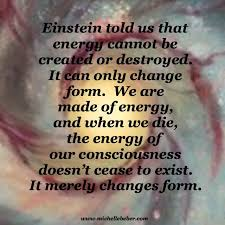
Physics, though complicated to study, can be very soothing.
You won’t always be you, but you’ll always be something. Perhaps you should be a tree.

- For additional resources, please visit:
www.OrderOfTheGoodDeath.com “Welcome to the Order. Welcome to Your Mortality.”
www.deathmidwife.org/ for information about death midwives and doulas.
www.greenburialcouncil.org/ for information on green burial.
www.informedfinalchoices.org/crestone/ for information on end-of-life choices and ecological preservation.
www.awillforthewoods.com/ for “…a wonderful documentary about the journey one man went through to advocate for more natural burial.”
www.goesfuneralcare.com/what-we-do/green-burial for a deeper look at how Goes Funeral Home operates.
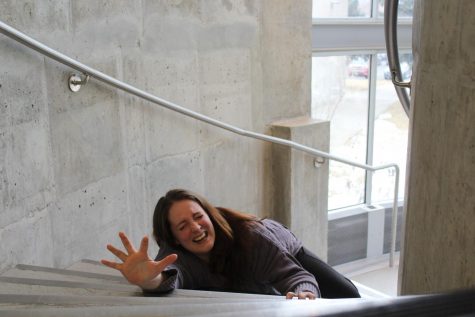
Kera is a touch neurotic and thinks all of you are fascinating from a distance. She's spent a lot of time studying psychology and the sciences. Writing, however, has decided it's tired of being relegated to the dark recesses of the...




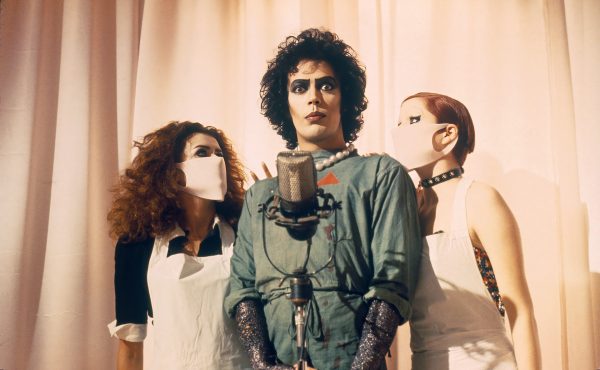



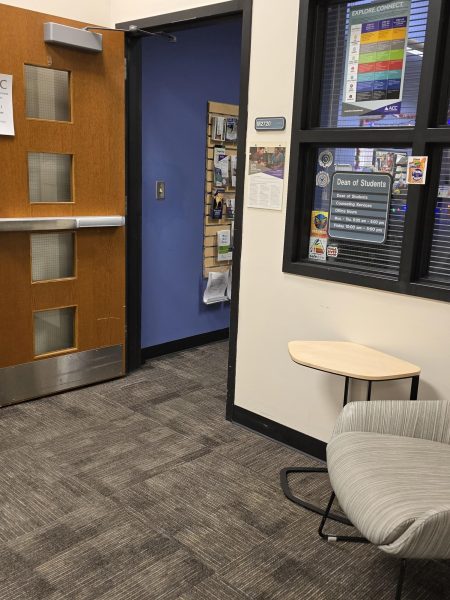

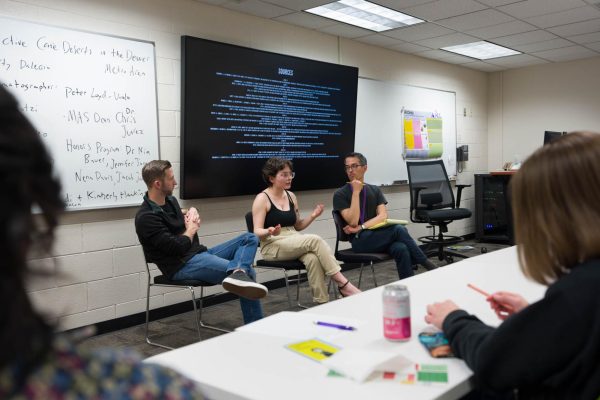

Ilona • Mar 29, 2018 at 11:31 pm
Another great article from Kera Morris!
(I need to look into my green burial options in Alaska. I loathe the idea of being expensive or embalmed. I also loathe the idea of being remembered on FaceBook. [Please NO MEMORIAL PAGE where people who never gave a shit pretend to give a shit.] Let the authorities know my preferences when the day comes.)